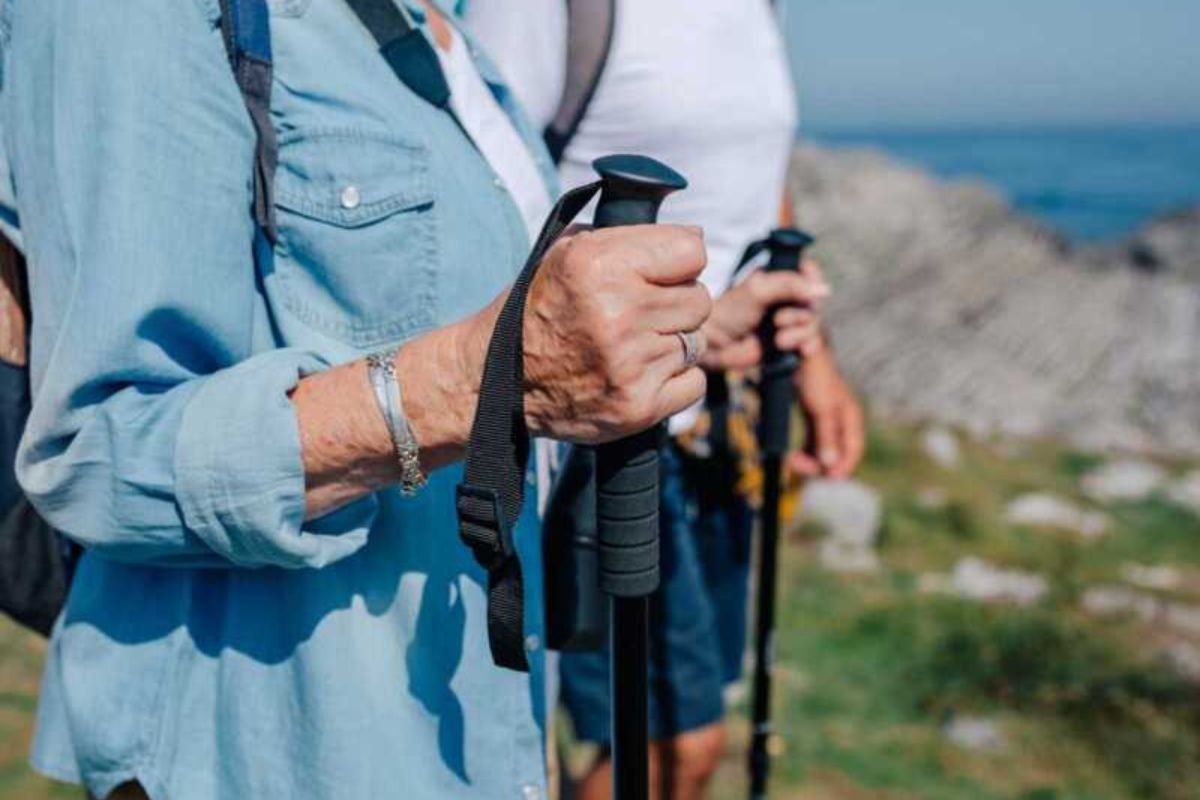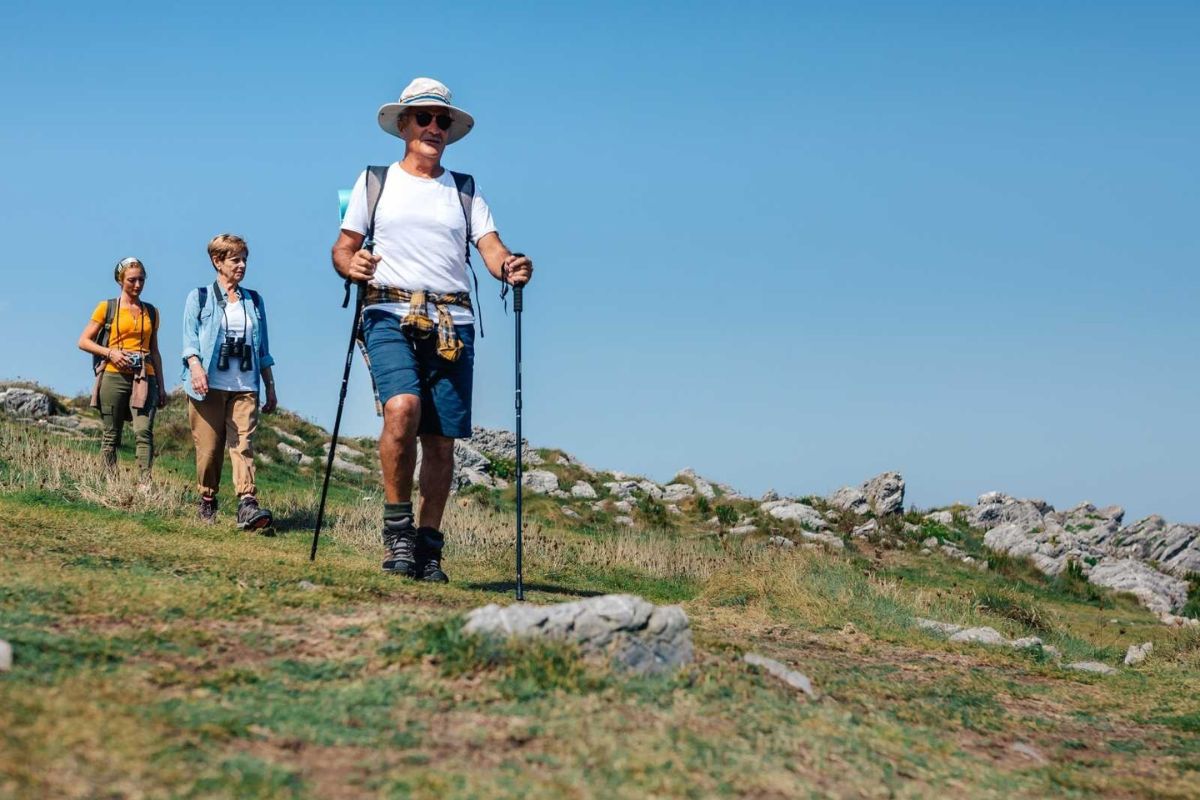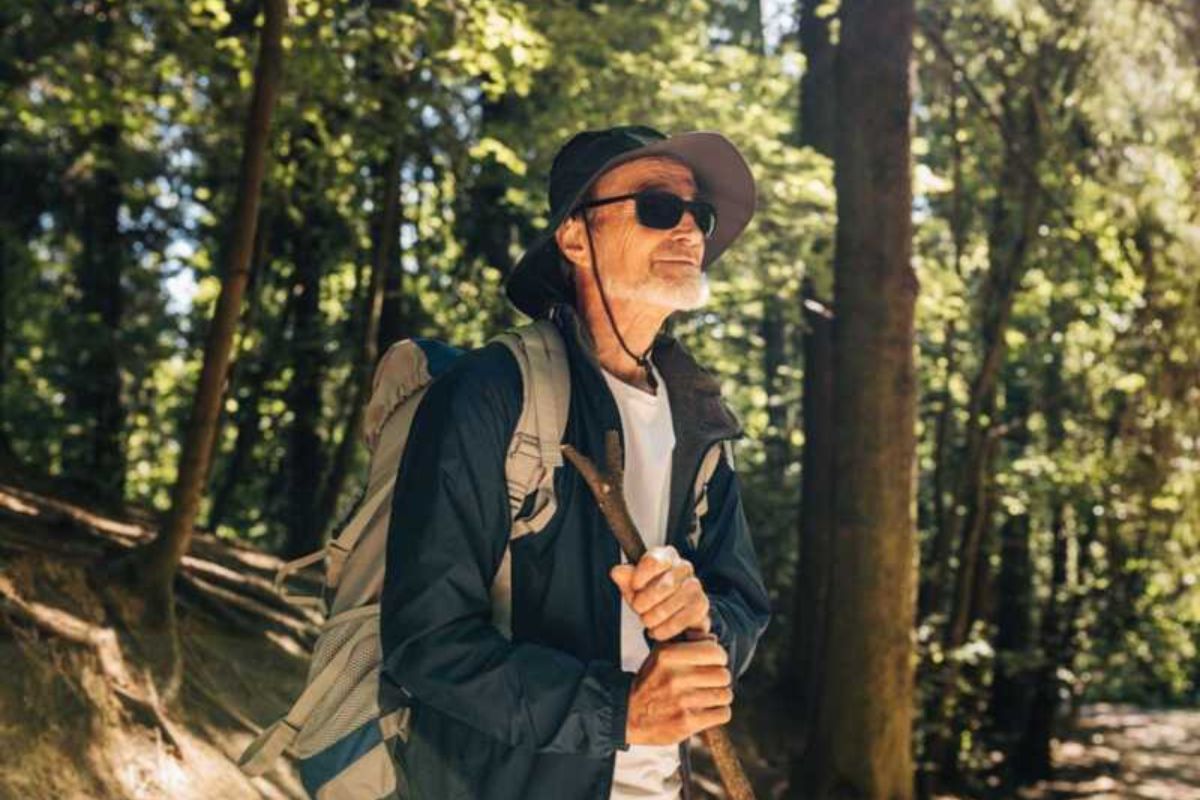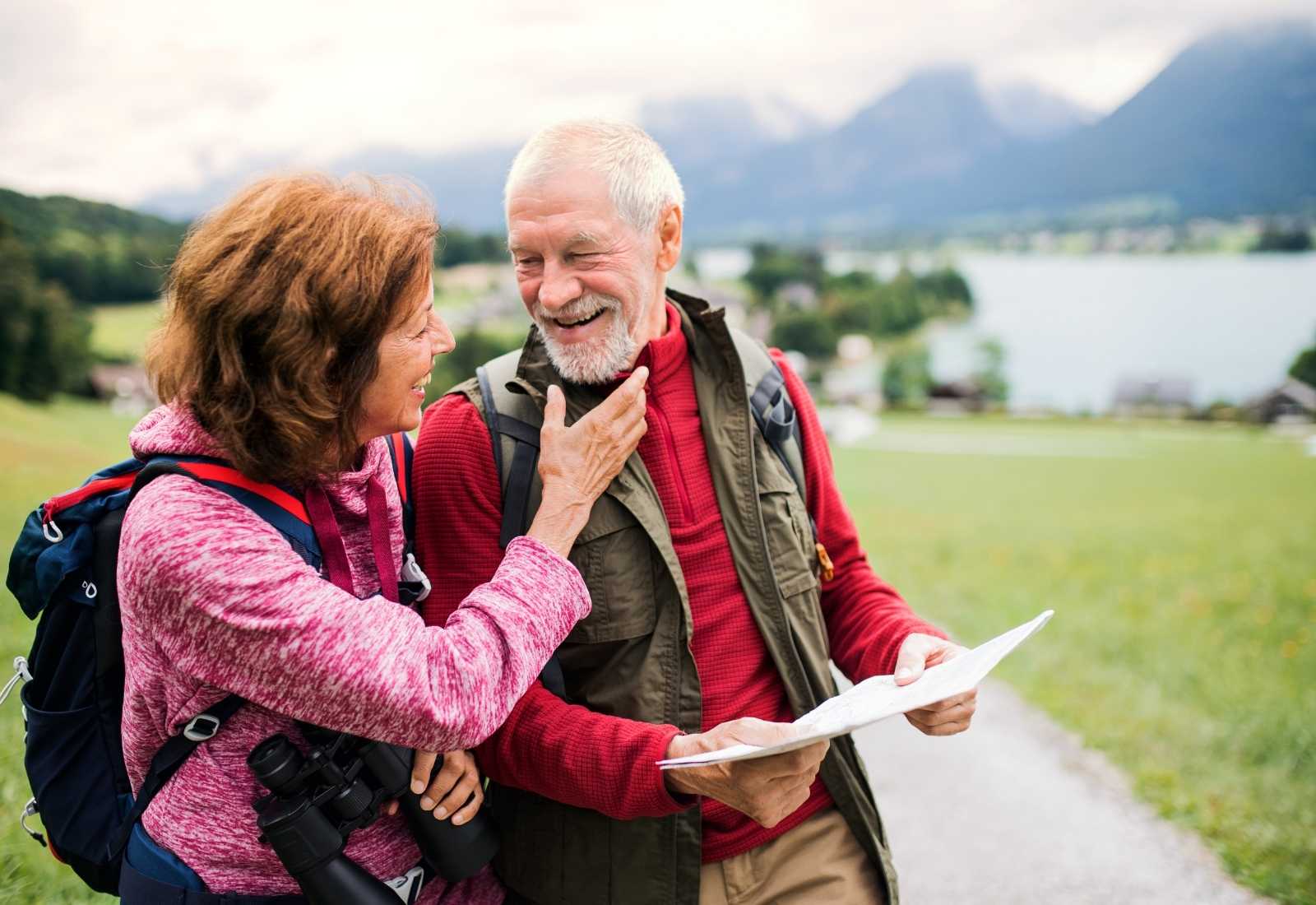Are you considering walking the Camino de Santiago, are you over 65, and wondering if you could do it? We have good news for you: yes, of course, you can. The Camino for seniors is possible! However, when it comes to seniors walking the Jacobean routes, there are some tips to consider. In this article, we’ll address all your concerns and inform you about everything you need to know to enjoy the Camino. If you’re hesitant to embark on your pilgrimage due to your age, this article is for you.
First of all: am I too old to walk the Camino de Santiago?
Right off the bat, no, there’s no maximum or minimum age limit. With today’s quality of life, many seniors are in enviable health. Additionally, they often have plenty of free time after retirement. In fact, the most recent statistics from the Office of the Pilgrim of Santiago de Compostela tell us that 11% of pilgrims were over 65.

The Camino de Santiago is suitable for seniors
Difficulty: Is walking the Camino very challenging?
Regarding the route, generally, especially if you’re a beginner, we recommend shorter routes of about 100 kilometers over a week. The Camino isn’t very challenging overall, except for certain sections in high mountains.
In this regard, we recommend walking the last 100 kilometers of the French Way from Sarria, a stretch with few slopes and many services. The same goes for the last 100 kilometers of the Portuguese Way from Tui. These two routes are preferred by the vast majority of pilgrims.
Planning: How many kilometers can I walk per day?
Keep in mind that you’ll be walking an average of 20 to 25 kilometers per day, and it’s important to take care of your health. When considering the Camino for seniors, you need to take into account some general recommendations regarding health, preparation, and organization.
For a pilgrim over 65, walking the Camino is possible, but it’s advisable to consult your doctor about your health condition. A medical check-up and a stress test before preparing for the pilgrimage are always a good idea. If you have any serious health issues, such as cardiovascular diseases or mobility-related problems, you should discuss them with your doctor.
The experience of the Camino for seniors requires some prior preparation, especially if you’re going to do it on foot. Initially, you can start with short daily walks and gradually increase the distance. Everyone knows their limits.
It’s important to train for at least a month or more. It’s advisable to have company for this training, especially as the distances become significant. As you walk, you’ll likely experience a sense of physical well-being, which is what you’ll ultimately find during your Camino experience.

The Camino de Santiago is Perfect for the Health of Senior Citizens
What kinds of accommodations will I find along the Camino?
Along the Camino de Santiago, there’s a wide variety of accommodations. Firstly, there are the hostels, the traditional lodging for pilgrims. In them, the pilgrim atmosphere is exceptional, and camaraderie is the highlight. The shared moments, cooking and dining together, are unique. However, keep in mind that the rooms and bathrooms are shared, so privacy and comfort are not their strong points.
On the other hand, you have the alternative of private rooms and bathrooms in guesthouses, hostels, rural houses, and hotels. In many cases, these are small family-run accommodations, very well-maintained, with a close relationship with the pilgrim.
Tips: What to bring and how to do it?
If you’re going to carry your backpack, bring only the essentials and don’t exceed 10% of your body weight. Use common sense, and depending on the time you’ll spend on the Camino and the weather you’ll encounter, you’ll need to bring more or less. What to bring on the Camino is one of the most important questions, and our advice is simple: less is more, and no “just in case” items.
You can also use a luggage transport service. It works very well because they pick up your luggage from your starting accommodation early in the morning and deliver it to the next one. This way, you’ll be free from carrying your backpack as you walk, although you should always carry a small backpack with some water, food, and other basic items.
To ensure that your Camino experience is as safe and comfortable as possible, we recommend entrusting all the organization to a specialized agency. We, who have been organizing the Camino for years, are aware of some mistakes that some pilgrims make. Not planning the stages and not booking accommodations in advance are mistakes, among others, that can ruin your experience. From the initial advice on which route to take to choosing accommodation, we make it very easy for you to organize your Camino.

It’s never too late to walk the Camino de Santiago
Recommendations during each stage
Lastly, thinking about the Camino for seniors, we recommend that you follow these tips:
- warm up beforehand and stretch during and at the end of each stage: very important to prevent muscle and joint injuries.
- hydrate frequently and eat well: crucial to always be energized.
- protect yourself from sunstroke: don’t forget to wear a hat or cap, and use sunscreen.
- carry a pair of walking sticks: not everyone uses them, but it’s advisable to have them for steep descents or steep inclines.
- take the breaks you need during each stage: remember to fully enjoy the experience, and never overexert yourself.
The experience of the Camino for seniors
As a specialized agency on the Camino de Santiago, we can attest that the Camino is like love: an experience that knows no age limits. We’ve seen it all, from baby pilgrims to nonagenarians with a very youthful spirit. The benefits of the Camino are suitable for everyone, ranging from physical health to mental well-being. If you’ve never walked the Camino before, an experience that must be lived at least once in a lifetime, this is your moment. Buen Camino!












Leave A Comment